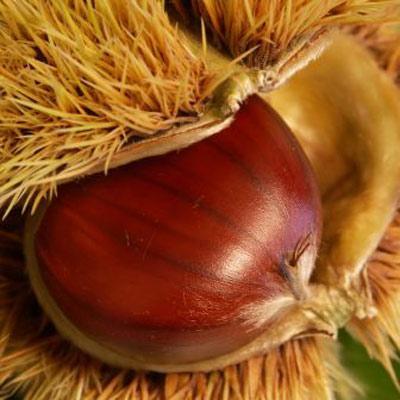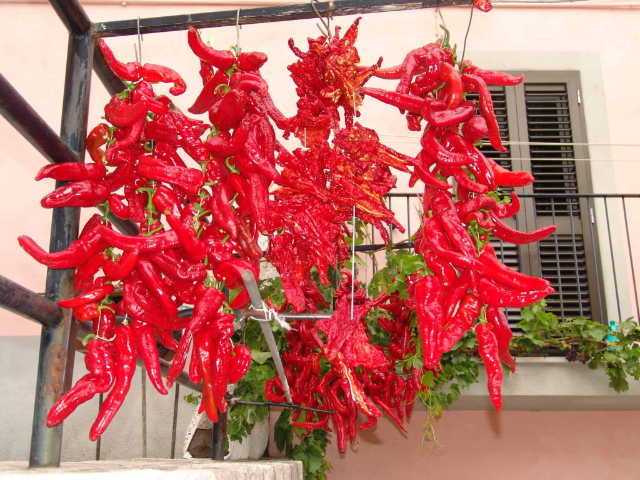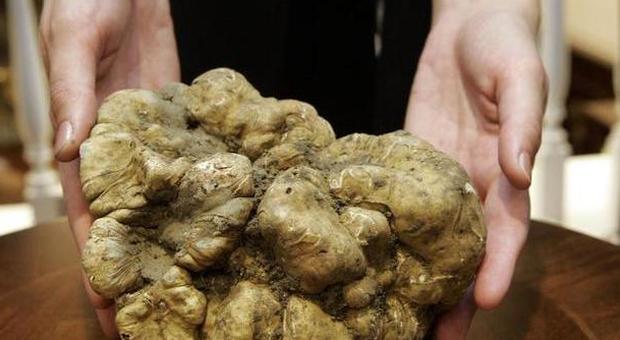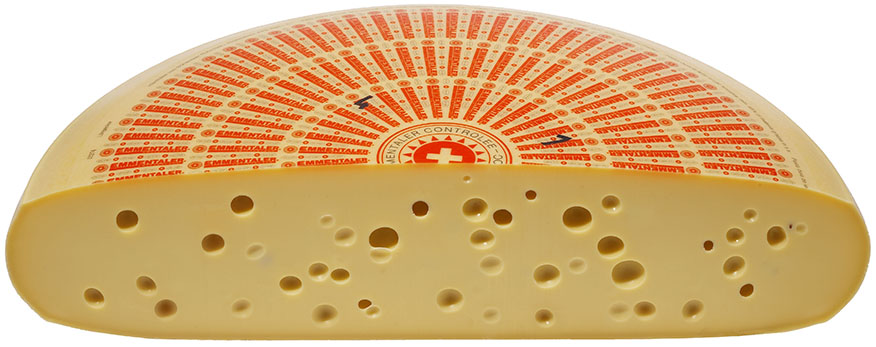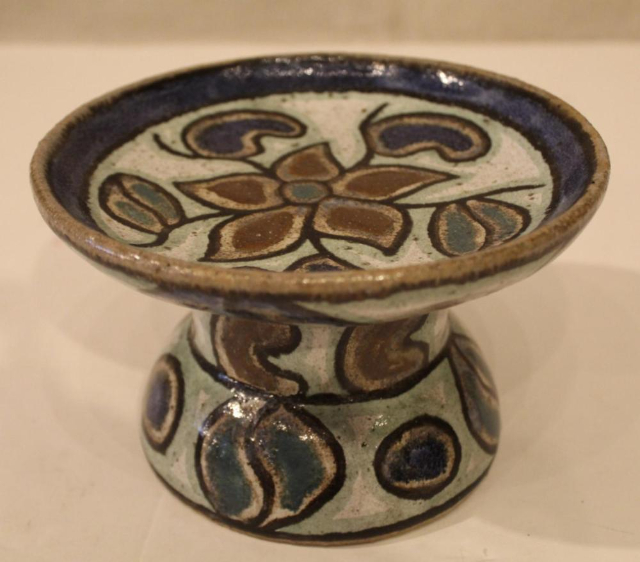The Protected Geographical Indication "Castagna di Montella" refers to chestnuts produced 90% from the Palummina variety and the remaining 10% from the Verdole variety. The distinguishing characteristics of the "Castagna di Montella" PGI are represented by a medium or medium-small size (75-90 fruits per kg) and the roundish shape of the fruit, with flat lower face, convex base and medium-hairy obtuse top. The seed has white, crisp flesh with a pleasant sweet flavor. The skin (pericarp) is thin and deep brown, easily detached. It is precisely the shape of the fruit that justifies the etymology of the name of the Palommina variety, a shape reminiscent of the resemblance of a dove, which in dialect translates precisely as "palomma." Due to its high characteristics of fragrance, flavor and preservability, "Castagna di Montella" PGI is used in its fresh state (including frozen) and in its dry state in shell or without. From the dietary nutritional aspect, "Castagna di Montella" is particularly relevant for its carbohydrate content, while its protein content is low. In addition to as roasted chestnuts, Montella chestnuts are particularly in demand by the processing industry for use as marron glacés, jams, au naturel, and purees. They are excellent for garnishing meats and in soups, but their use is especially exalted in the preparation of desserts, of different kinds. The "Castagna di Montella" IGP is considered to be among the best chestnuts produced in Italy; the reasons for this success lie not only in the intrinsic quality of the variety, but also in the composition of the soils, the favorable climate, but also in the high level of professionalism achieved by the area’s chestnut growers, who contribute to enhancing the quality level of the product. A commercial type of "Castagna di Montella," especially at Christmas time, is the castagna infornata (the famous Castagna del Prete), for which an addition to the current production specification has been requested. It is made from dried in-shell chestnuts, roasted and then hydrated with water. Specifically, the preparation requires that the chestnuts, once dried on wooden racks, under which fires using chestnut wood are lit for 15 days, are roasted in ventilated ovens and then rehydrated. These chestnuts once shelled have a deep brown color and a distinctive flavor reminiscent of caramelized sugars.
Historical background.
Evidence of the presence of the chestnut tree in the cultivation area of "Castagna di Montella" IGP is very ancient. According to some, in fact, in this area the cultivation of the chestnut tree, originally from Asia Minor, dates back to a period between the 6th and 5th centuries BC. The Lombards (571 A.D.), subsequently, are said to have enacted the first law, that we can remember, for the protection of this cultivation, which was already considered a valuable resource at that time. Suffice it to think, in fact, of the importance in medieval times of chestnut flour, especially in the sieges of cities and castles, because of the value of being able to be preserved for a long time. Since those times, the history of Montella and that of the chestnut tree, the real wealth of these areas for its multiplicity of uses, have not been separated. The "Montella chestnut" is part of the landscape of the Terminio-Cervialto area, in which, thanks to its climate and soils, it produces a fruit of high commodity and organoleptic quality. The richness of the chestnut tree in these areas has not only been limited to the production of the fruit: it has been the main source of wood for construction, to create furniture, as well as as firewood.
"Castagna di Montella" also arrived, in the 19th century, in the United States and Canada, following emigrants, and even today these two states absorb more than half of the production.
Area of production
The production area of "Castagna di Montella" IGP is concentrated in the Terminio-Cervialto area and limited in particular to the territories of the municipalities of Montella, Bagnoli Irpino, Cassano Irpino, Nusco, Volturara Irpina and Montemarano (contrada Bolifano).
Economic and production data
The chestnut tree has always been a means of economic subsistence for the Irpinian community, contributing to mark the rural tradition and social development of these areas.
With an average annual production of 7-8 thousand tons, "Castagna di Montella" participates in about 60 percent of the entire chestnut harvest in the province of Avellino. About 50 percent of the product is exported overseas, 25 percent is exported to European markets, and only the remaining 25 percent is placed in domestic markets.
Although counting on a total area of more than 4,000 hectares (40% of the provincial area), the area registered in the PGI certification system is about 664 hectares (year 2003), with a total of no. 120 farms, with a certified marketed production that in the 2003 campaign was 225 quintals of chestnuts (in shell, shelled and flour); 4 certified packing firms.
Registration and protection
The "Castagna di Montella" was the first and only case in Italy of a fruit and vegetable product that was granted DOC status by the Ministry of Agriculture in 1987 (Ministerial Decree of 5.12.87), replaced nine years later by the PGI (with the so-called simplified registration procedure, regulated by Article 17 of EEC Reg 2081/92). Community recognition of the Protected Geographical Indication (PGI) "Castagna di Montella" came through Regulation (EC) No. 1107/96 (published in OJEC No. L 148/96, June 21, 1996). The production specification is still the one attached to the above-mentioned Ministerial Decree of 5.12.87, published in GURI No. 302 of 27.12.87, by which the controlled designation of origin was recognized.
An amendment to this production specification has recently been proposed by the certified subjects, with regard to the enlargement of the production area (Calabritto municipality), the adjustment of some techniques on the method of obtaining, the inclusion of the commercial type of "castagna infornata" and the proposed logo.
